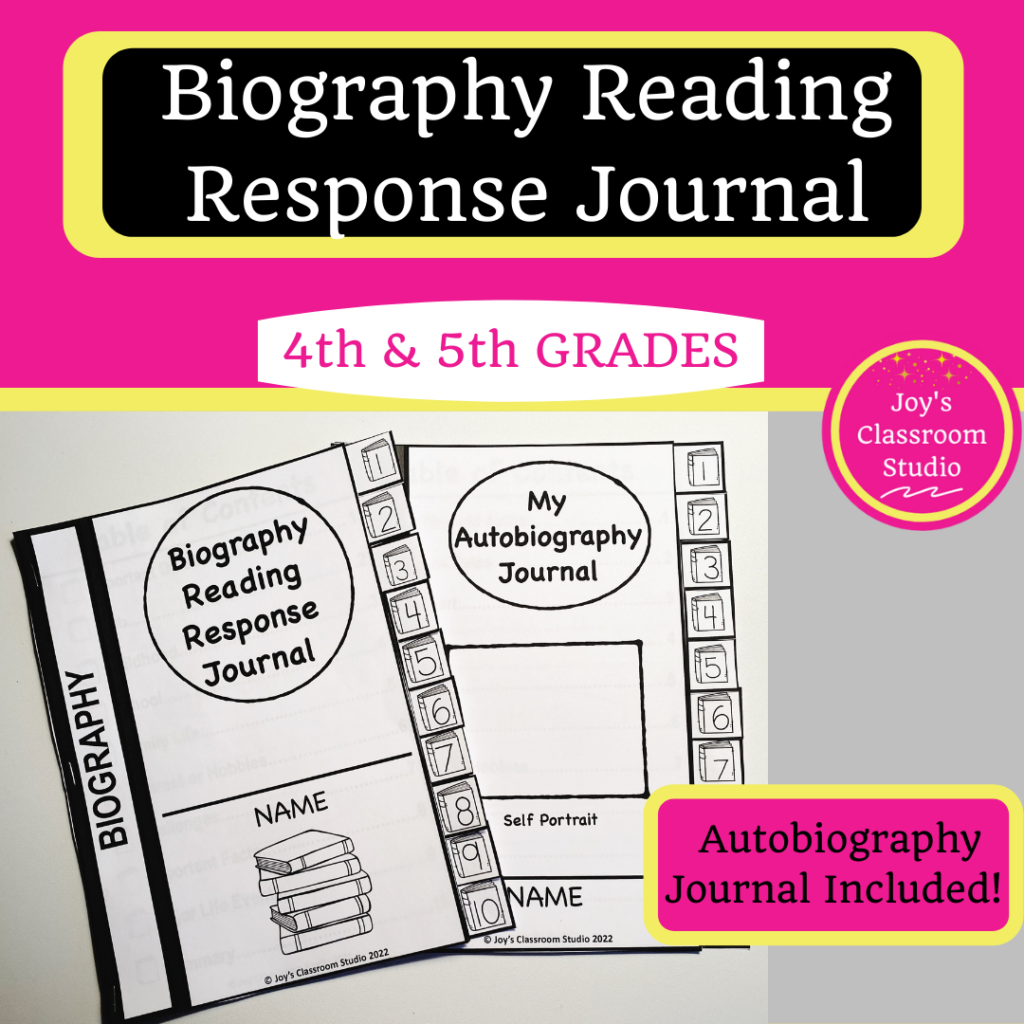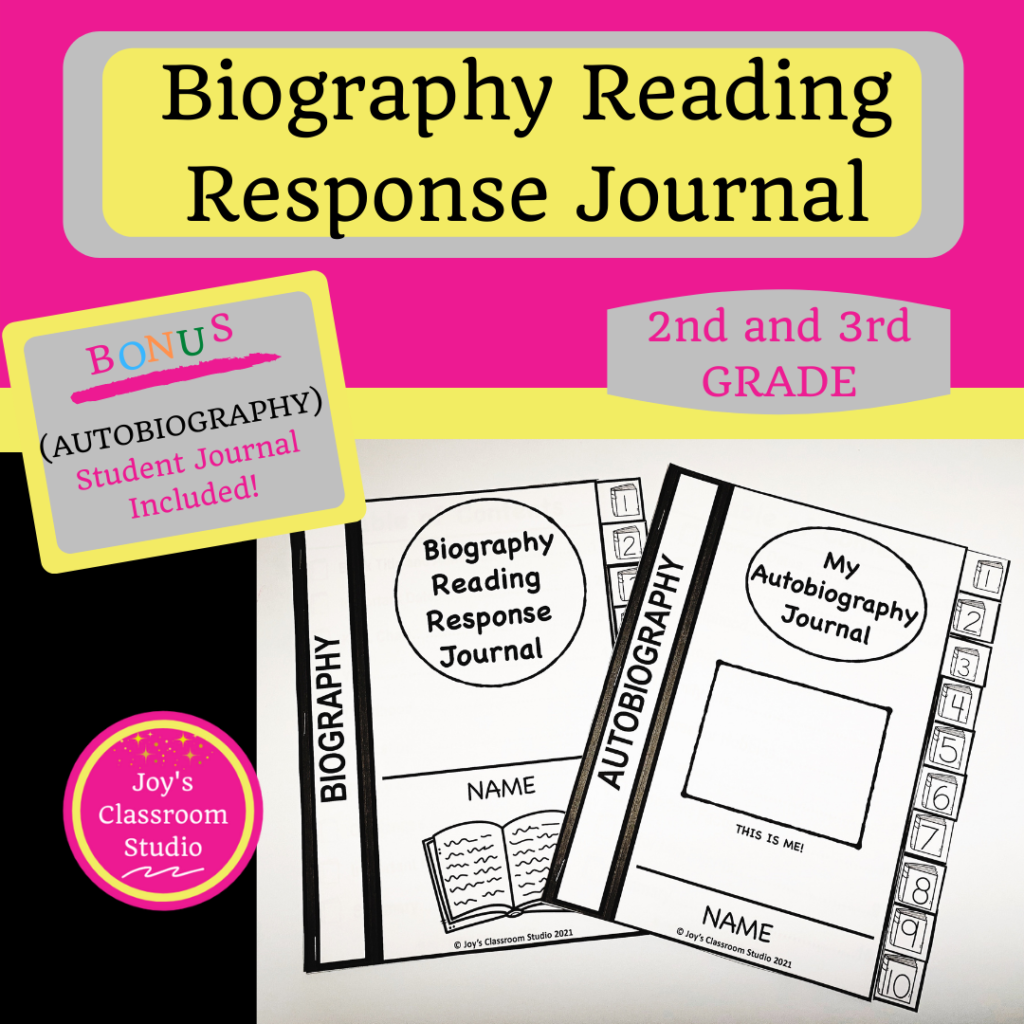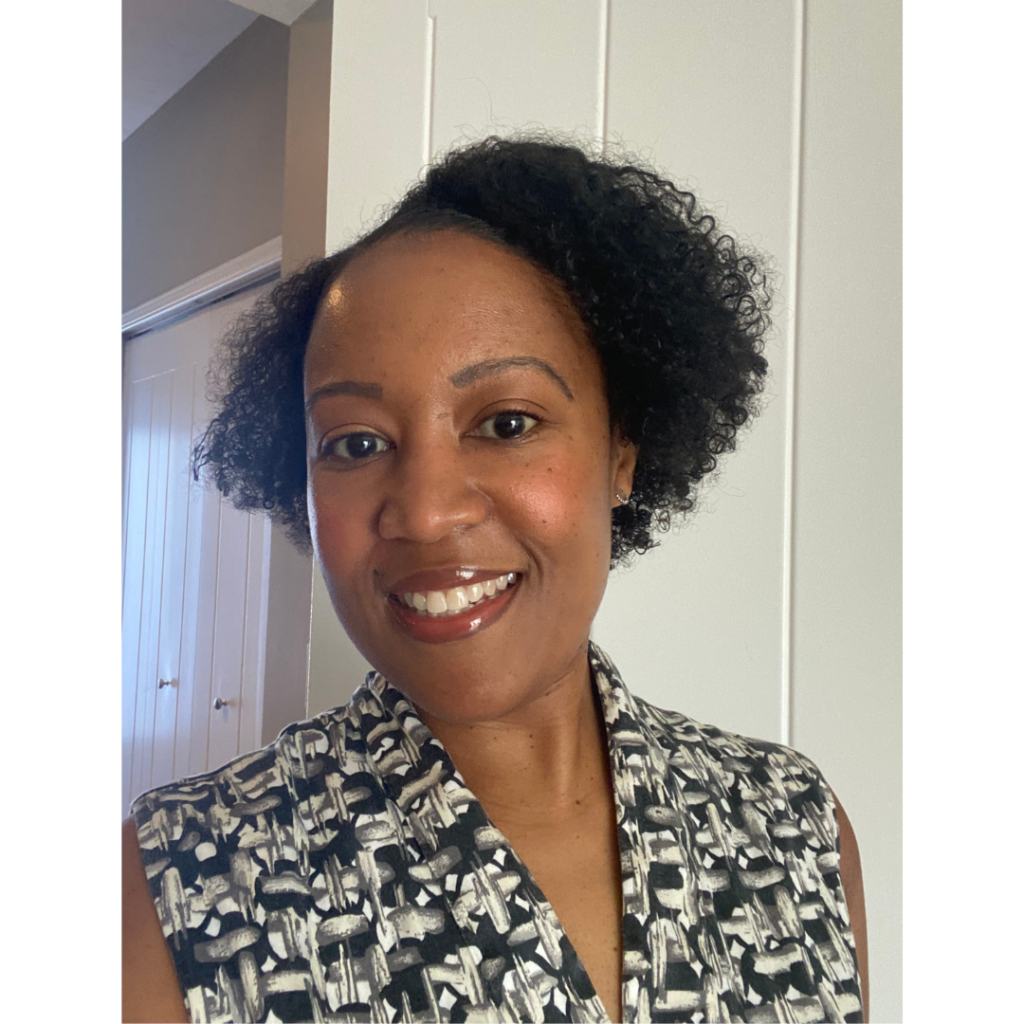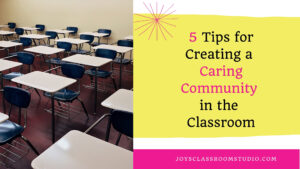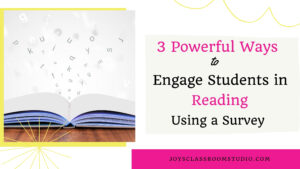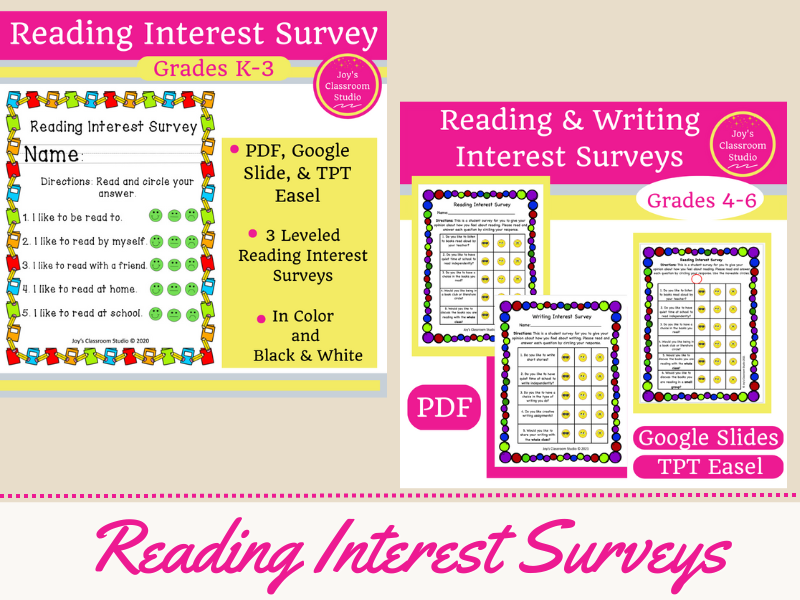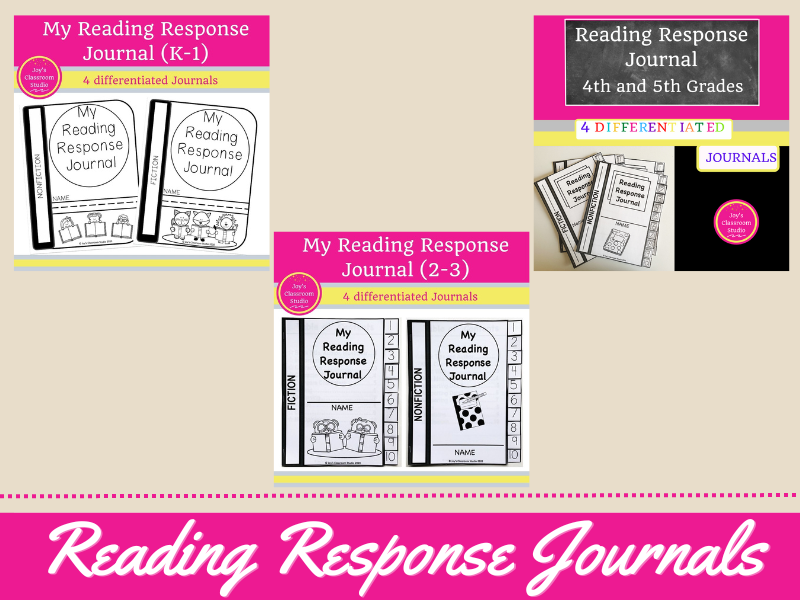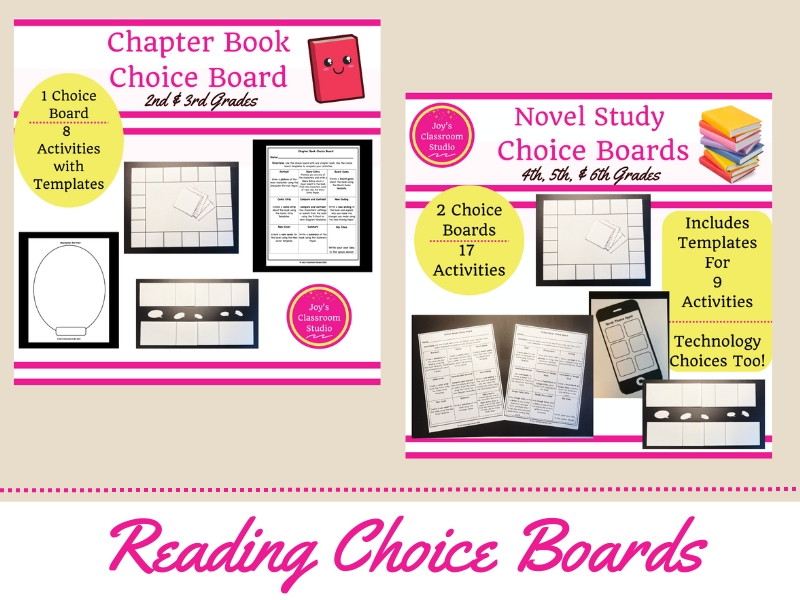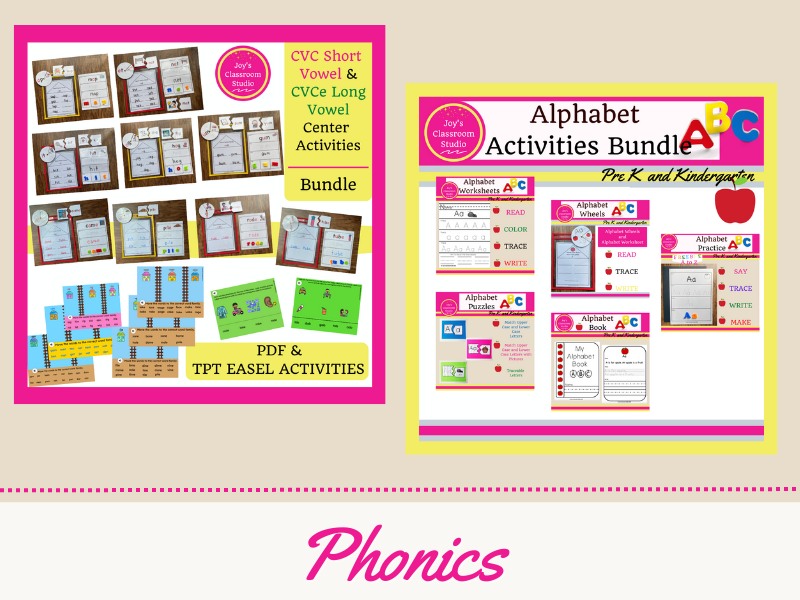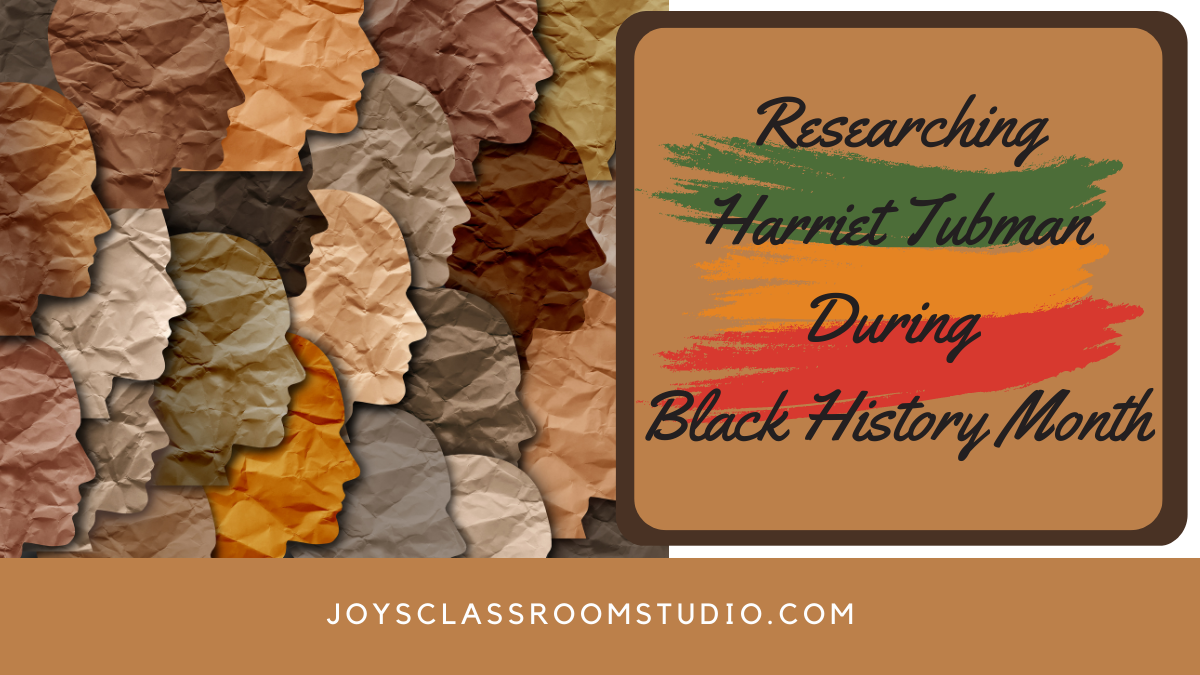
Black History Month
Researching Harriet Tubman during Black History Month opens the door for insightful discussions with your students! It is important that during Black History Month students learn about the essential contributions made to our society by heroic people like Harriet Tubman.
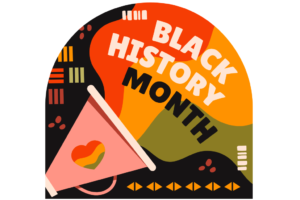
Before I begin teaching lessons with my students during Black History Month, we talk about what is Black History Month and when and why it was started. Many of my students have never heard about Dr. Carter G. Woodson, the “Father of Black History”. They are also surprised to learn that Black History Month first started off as a week and was later established as a month in 1976. One question many students often have is why is Black History Month in February. We have great discussion about how February was chosen due to Frederick Douglass’ and Abraham Lincoln’s birthdays both taking place during the month of February.
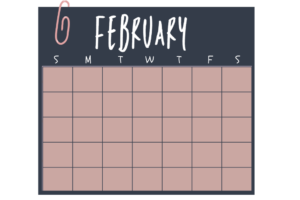
Celebrating Black History Month In My Classroom
When I celebrate Black History Month in my classroom I like to talk about the past and how it influences the present. Currently, in studying the past, we are learning about the history of Black History Month, Harriet Tubman, and The Underground Railroad. When discussing The Underground Railroad we are discussing safe houses, conductors, and how quilts and secret messages were used to lead slaves to freedom. In this blog post, I will share how I will be guiding my students in researching Harriet Tubman. Two of the main books I am using for researching with my students are (1) National Geographic Kids Harriet Tubman by Barbara Kramer and (2) DK Life Stories Harriet Tubman by Kitson Jazynka.
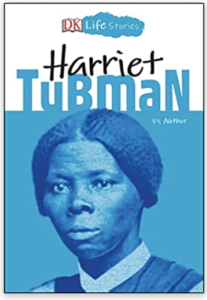
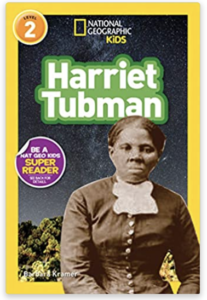
Because I teach 6th graders I like to build upon what they may have already learned in elementary school with more in-depth facts and age-appropriate information. I am always honored to teach and speak about Harriet Tubman with my students. The strength, character, and determination shown by Harriet Tubman throughout her life is beyond amazing!
To discuss the present, we are reading poems from the book Woke: A Young Poet’s Call to Justice by Mahogany L. Browne, Elizabeth Acevado, and Olivia Gatwood. This is an excellent collection of poems that are on the topic of social justice. In my class, we talk about social justice and how there are many types of social injustices. I feel it’s important to talk with students about how the past influenced the present. Students have a right to know about the past because it directly impacts them presently and in the future!

Harriet Tubman Research
When researching Harriet Tubman in the classroom it is ideal to have a way for students to take notes. There are a variety of ways students can take notes. They could use paper, note cards, or a reading response journal. Students can also gather notes independently, with a partner, or whole class. I prefer to model and guide students along as a whole class. I have created a biography reading response journal for fourth and fifth graders for the purpose of using with researching people. During this blog post, I will share ways in which a biography reading response journal can be used as a research tool!
Research Materials
There are many books and websites available that tell the life story of Harriet Tubman. I chose National Geographic Kids Harriet Tubman by Barbara Kramer and DK Life Stories Harriet Tubman by Kitson Jazynka to use in my classroom. I also have a collection of books about The Underground Railroad that I borrowed from my local library. These books are available for students to read independently during class time.
When using research materials I decide ahead of time what information I will be sharing with my class. Many of the books I have chosen are quite lengthy so I’ll read excerpts from the books during our research. But, I’ll have these books available for students to read in their entirety independently.
Chronological Order
This upcoming week I will begin discussing with my students when and where Harriet Tubman was born. It’s important to let students know that for Harriet Tubman and many people who were enslaved, the exact date, year, or month of their birth is often unknown. The information given for Harriet Tubman was that she was born around 1822.
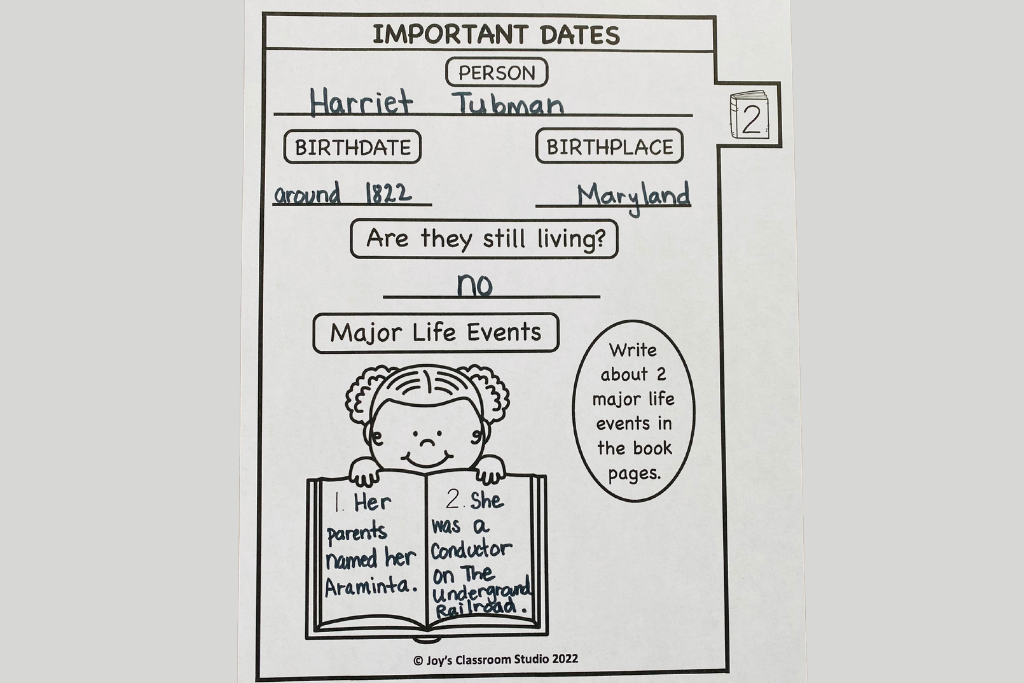
KWL
Before I dive deeper into research, I’ll use a KWL chart with students. Students can complete the K, what they know about Harriet Tubman first. Next, the W, what they want to know about Harriet Tubman. And lastly, at the very end of researching, students will go back to their KWL chart. They will then complete the L, what they have learned about Harriet Tubman from this research lesson.
Harriet’s Early Life
Here are some essential points about Harriet’s Early Life that I will be discussing with my students…
- Harriet was born into slavery.
- Harriet’s parents named her Araminta Ross.
- Harriet’s parents nicknamed her “Minty”.
- Harriet had eight siblings.
- Harriet changed her name from Araminta to Harriet when she got older.
- As a child, Harriet had to work because she was a slave.
- Slaves were not allowed to learn how to read and write.
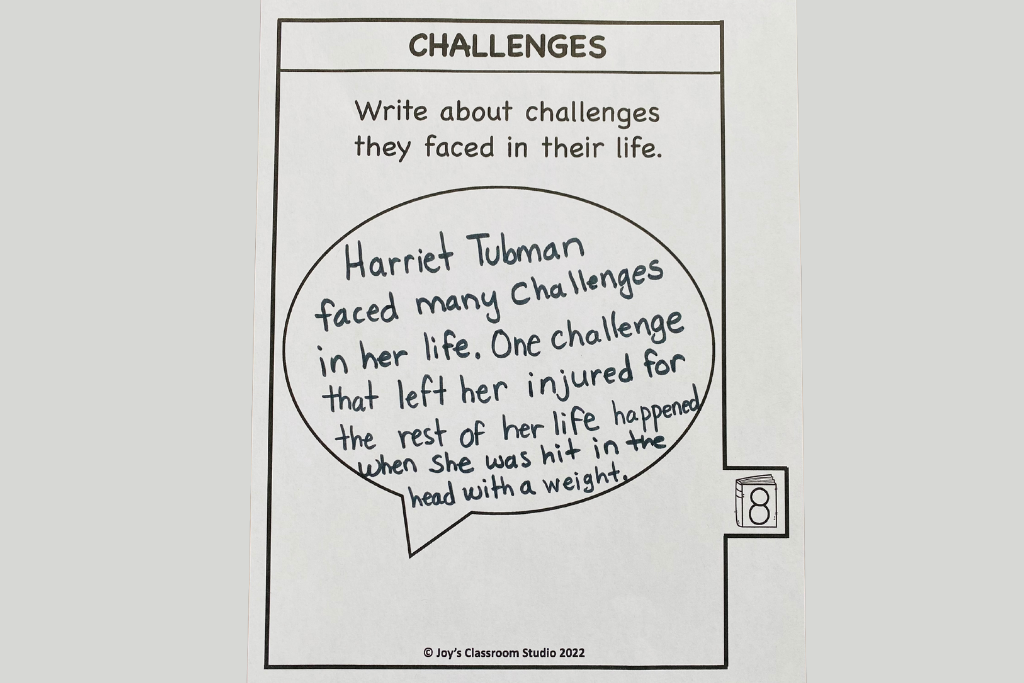
Harriet Tubman and The Underground Railroad
Here are some key points I will be discussing with my students about Harriet Tubman and The Underground Railroad…
- Harriet married John Tubman, a free black man. When she told him she was running away from slavery, he refused to go with her to freedom.
- She escaped from slavery using The Underground Railroad.
- She became a conductor on The Underground Railroad.
- She helped her family escape slavery.
- Slave catchers were looking for Harriet, but she didn’t allow fear to stop her from helping other slaves escape.
- Harriet never lost a passenger when leading slaves to freedom on The Underground Railroad.
- Moses was the nickname she earned as a conductor on The Underground Railroad.
- She used music to send secret signals.
- Due to the Fugitive Slave Law, Harriet began to lead runaway slaves to Canada.
Harriet in Later Life
Here are some vital points I will be discussing with my students about Harriet in Later Life…
- She gave speeches about the reality of slavery.
- She was called “General Tubman” by John Brown, an abolitionist.
- She served as a nurse in the Civil War.
- She enlisted in the Union Army and worked as a spy.
- She was the first woman to lead a Civil War raid.
- Her biography “Scenes in the Life of Harriet Tubman” by Sarah Bradford was written.
- She married Nelson Davis after her first husband died. They adopted a baby girl named Gertie.
- She continued to fight for equal rights.
- She was a strong supporter of African American women’s rights.
- The Harriet Tubman Home for the Aged was opened in 1908.
- She was buried with military honors at Fort Hill Cemetery.
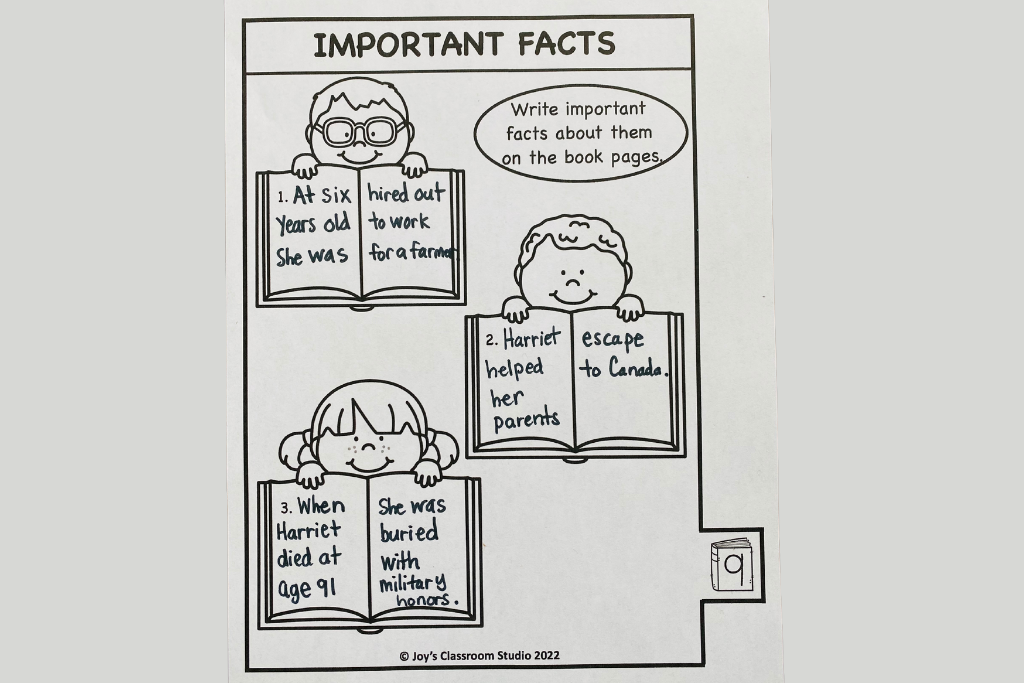
Conclusion
At the end of my research with students, it’s important that I allow time for student questioning. Of course, I will be answering questions students may have throughout our research time. But I also want to give them another opportunity at the end of the lesson for any lasting questions.
I will then revisit the KWL chart and have students complete the L. Students will write down what they have learned. This should be something new they learned during this research study. Lastly, to see more in-depth what my students know about the life of Harriet Tubman after our research, I can have them do a summary of her life.
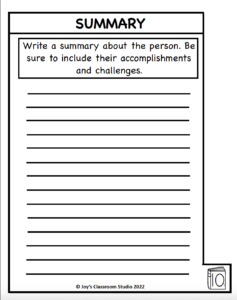
Researching Harriet Tubman during Black History Month is a perfect time to emphasize her bravery, determination, and strength. Harriet Tubman can also be celebrated during Women’s History Month as well. If you are interested in learning more about my biography reading response journal for fourth and fifth graders here is the link to the product in my TPT store. Also, check out my blog post on How To Use A Reading Response Journal To Research Dr. Martin Luther King Jr.

